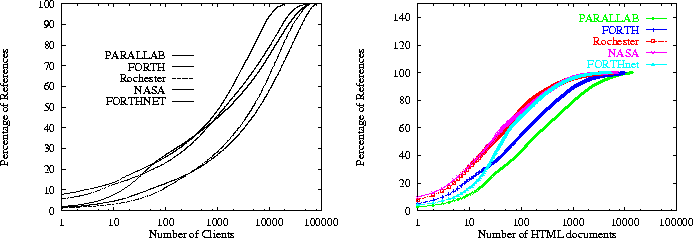
Figure 4: Traffic Increase as a function of the size of the TOP-10.
Figure 3: Successfully Prefetched documents as a function of the size of the TOP-10.

Figure 4: Traffic Increase as a function of the size of the TOP-10.
Figure 3: Successfully Prefetched documents as a function of the size of the TOP-10.
In this first set of experiments we investigate the costs and benefits of our Top-10 prefetching approach. Figures 3 and 4 plot the hit ratio and the traffic increase as a function of the TOP-10: the maximum number of documents that any client, no matter what its access history is, can prefetch within a time interval. The time intervals in these experiments are chosen to be 50,000 client accesses long. You may observe that for all servers, as the size of the TOP-10 increases, the hit ratio increases as well; which is as expected, since the more documents a client is allowed to prefetch, the better its hit ratio will be.
FORTHnet has the best hit ratio of all servers. Therefore, prefetching from FORTHnet results in high performance. To understand this performance advantage we need to grasp the dimensions that influence prefetching in general, and the hit ratio in particular. The hit ratio is high when (i) lots of prefetching is being done, and (ii) this prefetching is successful. Top-10 prefetches documents to repeated clients which are those that visit a server during successive time intervals. Additionally, Top-10 prefetches large volumes of documents to heavy clients which are clients that access lots of documents during a time interval. Thus, the more repeated and heavy clients a Web server has, the higher the hit ratio is going to be.
It turns out that FORTHnet has the largest percentage of repeated clients (23.5%) as figure 5 suggests. Effectively, one out of four FORTHnet clients visit for at least two successive time intervals. Since FORTHnet has more repeated clients than any other server, it has the potential for prefetching to more clients. Moreover, FORTHnet (almost) has the most heavy clients as well as figure 6 suggests. Actually, the 10 best FORTHnet clients amount for 12% of FORTHnet's requests, the largest percentage in any of the servers we studied. As FORTHnet has both heavy and repeated clients, its clients benefit by Top-10 prefetching.

Figure 5: Percentage of repeated clients of each server.
Observe that 23.5% of FORTHnet's clients (vs. 5.4% of FORTH's) are repeated
i.e. visit during two successive time intervals.

Figure 7: Cumulative percentage of requests as a function of the
documents requested.
Top-10 documents are very popular on each server,
but the degree of their popularity depends on the server.
Figure 6: Cumulative percentage of requests as a function of the
number of clients that make these requests.
Going back to the hit ratio in figure 3, we see that the performance of the NASA server and the FORTH server follow that of FORTHnet. This is as expected, since, NASA has lots of repeated clients, but few heavy clients, and FORTH has lots heavy clients, but few repeated clients. Finally, Rochester and Parallab follow with lower hit rates, since neither of them has particularly large numbers of repeated or heavy clients. It is interesting to note however, that although Parallab has more heavy clients than Rochester, and comparable number of repeated clients to Rochester, Rochester's hit ratio is better. This can be explained by looking at the documents each server serves to its clients. Figure 7 shows the cumulative percentage of requests for a server's documents. We see that Rochester has significantly more popular documents than Parallab. For example, the 10 most popular Rochester's documents amount for 30% of the total Rochester's requests, while the 10 most popular Parallab's documents amount only for 10% of Parallab's requests. Thus, prefetching the 10 most popular Rochester's document is going to result in higher hit ratio than prefetching the 10 most popular Parallab's documents.
From the above discussion it is clear that the performance of prefetching depends on several factors. The most important ones seem to be the client base of a server, and the popularity of the documents a server provides. Frequent clients that access lots of documents form a very good basis for successful prefetching.
Although prefetching reduces the number of requests made to a web server, it may also increase traffic, since the prefetched documents may not be needed by the client that prefetched them. Figure 4 plots the traffic increase as a function of the TOP-10 for all servers simulated. We see that the traffic increase is small for almost all servers for low (;SPMlt; 500) value of TOP-10. For example, prefetching up to 500 documents results in less than 12%, traffic increase for any server. Actually, the traffic increase for Parallab is only 5%.